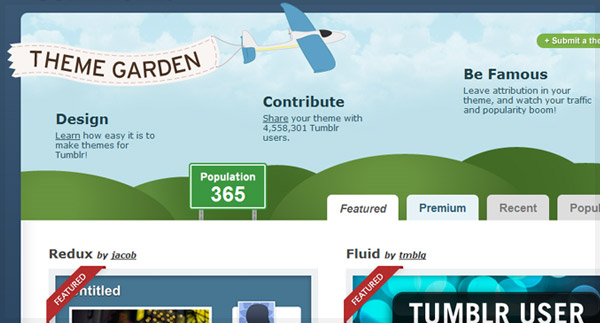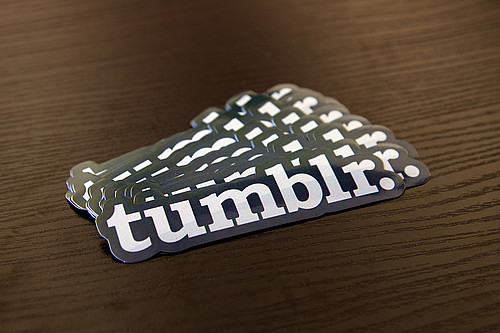Social media platforms come and go. Each week, you’ll read a new article about the latest and greatest service, only to see them fizzle out in a matter of months. The reason is that venture capitalists can be quick to throw funding at a new site that is creating a lot of buzz, hoping to be an early investor in the next Facebook. But, unless the site starts producing a lot of revenue in a short amount of time, those investors will quickly turn their attention elsewhere. This leaves social media start-ups flailing in the wind, unable to expand or promote their service.
Tumblr, on the other hand, has been defying these odds despite the fact that they produce very little revenue given their size. The site recently announced that they have roughly 28 million blogs hosted, and they aren’t collecting dust. There have been over 10 billion posts on Tumblr, and that number is growing exponentially. Investors have been itching to find out when and how David Karp and company will open the flood gates to millions of dollars in profits.
Despite the pressure, Karp has resisted the urge to flip the switch. When he founded the site in 2007, he focused on giving individuals the best way to create and share content with people from around the globe. Four years later, that goal still shows through.
Often times, start-ups achieve success by identifying a gap in the market and filling it. Whether people know it or not, these companies are able to convince them that they needed the solution that they are offering. Tumblr, however, didn’t simply solve one problem. They solved several at the same time with one service.
The Design Gap
Traditional blogging platforms like WordPress offer a lot of flexibility, but creating a site that is truly beautiful from a design standpoint takes quite a bit of technical savvy. Tumblr solved this problem by creating several eye-catching themes in-house, and also allowing web designers to submit their own creations. They group all of these together in their Theme Garden, and make sure that any theme that is being used has been approved by Tumblr for functionality and design.
The Ease of Use Gap
Something that the staff of Tumblr prides themselves on is the fact that they have been able to keep the site very simple. As opposed to cluttering the site by adding every bell and whistle suggested to them, they have focused on keeping it simple and making the site user friendly for everyone. They’ve achieved a balance that allows new users to get up and running quickly while still giving power users the tools needed to grow their influence.
The RSS Feed Gap
Tumblr took the traditional RSS feed and turned it into a social experience. Taking a cue from Twitter, users primarily interact with the site through their dashboard. As they follower other Tumblrs, their blog posts will appear here and users can like, reply, or reblog the post to their own site. Twitter is great for spreading brief text based news and ideas very quickly, but Tumblr expands this by removing the character limit. The result is that images and big ideas can be shared in a way that a traditional blog could not achieve. A reblog combines the best of Twitter’s old style and new retweet function in that the post shows exactly as the original appeared, but you can add comments as well.
It will be interesting to watch Tumblr over the next year or so. Their growth does not appear to be slowing down any time soon, which means other more established social media sites should watch their backs. If Tumblr finds a way to monetize their service in a way that doesn’t detract from the user experience, they will find themselves at the top of the pile very quickly.
Tags: David Karp, Facebook, RSS, Social media, Tumblr, Twitter, Wordpress
